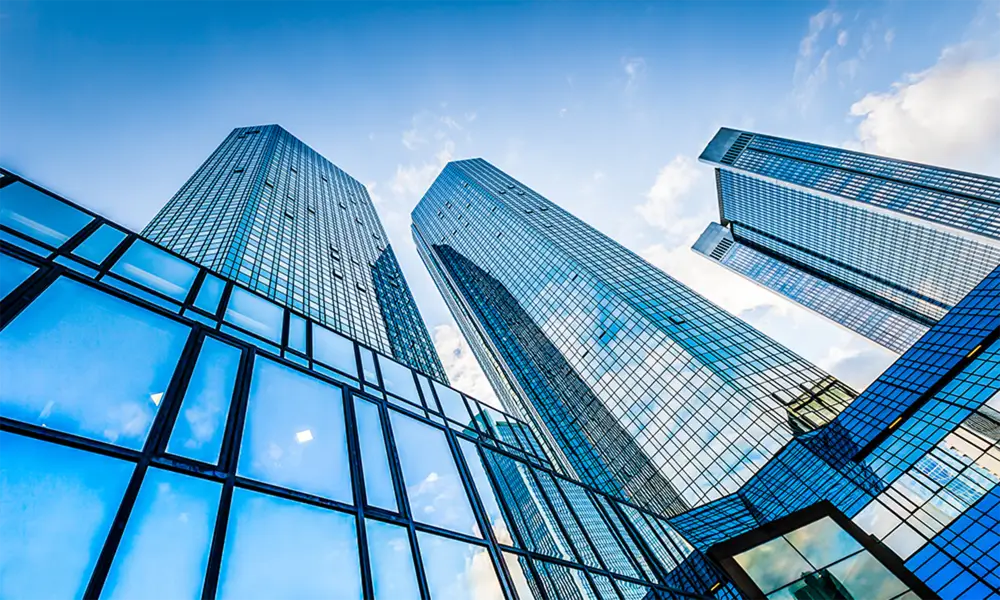

The Advantages of Low-E Impact Glass A Comprehensive Overview
Low-emissivity (Low-E) glass is revolutionizing the construction and design of buildings, particularly in areas where energy efficiency and impact resistance are paramount. In recent years, its popularity has surged due to its innovative technology and the increasing demand for sustainable building solutions. This article examines the benefits of Low-E impact glass, exploring its applications, operational characteristics, and overall contributions to modern architecture.
What is Low-E Glass?
Low-E glass is a type of energy-efficient glass that has a special coating, which reflects infrared energy while allowing visible light to pass through. This technology significantly reduces the amount of heat that enters or leaves a building, maintaining temperature equilibrium and enhancing energy efficiency. When combined with impact-resistant properties, Low-E glass offers a unique solution for both residential and commercial buildings.
Energy Efficiency and Cost Savings
One of the most significant advantages of Low-E impact glass is its ability to lower energy bills. By reducing heat transfer, this glass keeps interiors cooler in the summer and warmer in the winter. As a result, buildings equipped with Low-E glass can maintain consistent temperatures, leading to reduced reliance on HVAC systems. This not only contributes to energy savings but also decreases wear and tear on these systems, potentially extending their lifespan.
UV Protection
Low-E impact glass also provides excellent protection against ultraviolet (UV) radiation. While natural light is essential for any indoor environment, excessive UV exposure can lead to fading of furniture, carpets, and artwork. Low-E coatings significantly block harmful UV rays without hindering the amount of visible light that enters a space. This protection helps maintain the aesthetic appeal of interiors while also safeguarding valuable belongings.
Impact Resistance

In regions prone to severe weather, such as hurricanes or tornadoes, having impact-resistant windows is essential for safety. Low-E impact glass is designed to withstand harsh conditions, including high winds and large debris. Its construction typically involves a layer of polyvinyl butyral (PVB) or other impact-rated materials sandwiched between two layers of glass. This design not only enhances the glass’s durability but also minimizes the risk of shattering.
Noise Reduction
In addition to energy efficiency and safety, Low-E impact glass offers excellent sound insulation properties. The multi-layer construction helps to dampen external noise, creating a quieter indoor environment. This feature is particularly valuable in urban settings or near busy highways, where noise pollution can affect quality of life. By incorporating Low-E impact glass, homeowners can enjoy serenity while benefiting from natural light.
Environmental Benefits
The use of Low-E impact glass aligns with contemporary sustainability goals. By improving energy efficiency in buildings, Low-E glass contributes to a reduction in greenhouse gas emissions. Furthermore, the production of Low-E glass typically involves processes that prioritize recycling and sustainability, making it an environmentally friendly option in the construction sector. As more builders and homeowners strive to reduce their carbon footprints, Low-E impact glass emerges as a viable solution.
Versatility and Aesthetic Appeal
From a design perspective, Low-E impact glass offers versatility. It is available in various styles, thicknesses, and configurations, making it suitable for different architectural designs. Whether installed in windows, doors, or storefronts, it can enhance the overall aesthetic appeal of a building. Its clarity and reflective quality also allow for creative design elements, blending functionality with style.
Conclusion
Low-E impact glass is more than just a building material; it represents a crucial advancement in both energy efficiency and safety. Its unique features contribute to reduced energy costs, enhanced UV protection, noise reduction, and environmental benefits, making it a wise choice for modern construction projects. As the demand for sustainable building practices continues to rise, Low-E impact glass is poised to play an integral role in shaping the future of architecture and construction. For homeowners and builders alike, embracing this innovative solution is a step toward a more efficient, safer, and environmentally friendly future.